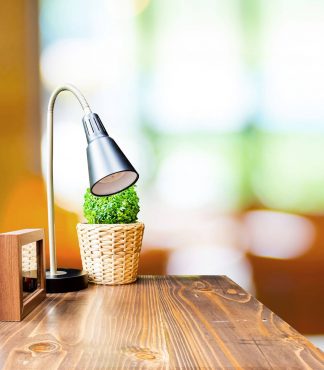 It is funny to think of it now but in the not-too-distant past, “working from home” had a distinct (negative) stigma to it, as if there was something slovenly about it. Today, that stigma has all but evaporated, as companies large and small have embraced telecommuting — a.k.a. working from home — while many businesses get their start in a home office or garage. The ability to throw in a load of laundry or monitor a sick child while working from home (as opposed to taking a “sick day”) has provided many people with a better work-life balance and positively impacted their productivity.
It is funny to think of it now but in the not-too-distant past, “working from home” had a distinct (negative) stigma to it, as if there was something slovenly about it. Today, that stigma has all but evaporated, as companies large and small have embraced telecommuting — a.k.a. working from home — while many businesses get their start in a home office or garage. The ability to throw in a load of laundry or monitor a sick child while working from home (as opposed to taking a “sick day”) has provided many people with a better work-life balance and positively impacted their productivity.
When planning a home office space, the first step is to determine how the space will be used. Will it be used as a planning or communication center where school papers get dropped, recipes are researched and bills get paid, or will it be used for part- or full-time employment, with the possibility of a client stopping by? The former usage can easily be accommodated by carving out a corner in an existing room, such as a kitchen or family room, while the latter would be better served with four walls and a door that closes.
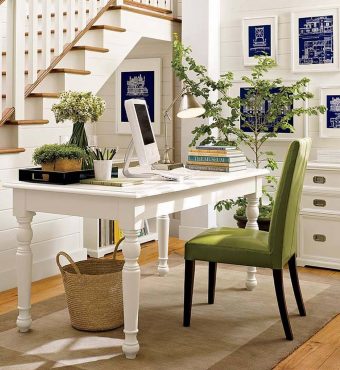 Basic Home Office Elements
Basic Home Office Elements
Regardless of which type of home office space suits your needs, there are several elements that either type of office requires.
Desk: A desk can be as simple as a sheet of prefinished plywood, to an elegant piece of furniture and everything in between. The size and shape of your desk will be dictated by the available space and your needs.
A small, rectangular desk is good for sporadic or short uses. U-shaped or wrap-around desks are good for long-term, project-oriented work when reference materials and computers are used simultaneously. The standard height for a writing desk (for a seated person) is between 28 and 30 inches above the finished floor, approximately 30 inches deep to allow adequate space between a seated person and a computer screen (typically 20-30 inches) and as wide as the space or need allows.
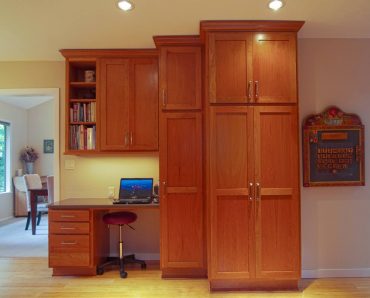
Allow a minimum opening of 27 inches across for a seated person and at least 18 inches of depth under the writing surface for leg space. A shallow pencil drawer approximately 6 inches above a user’s knees and below the writing surface is a handy storage place for pens, pencils, paper clips and more.
A desk with drawers and/or cabinets with shelves either side of the chair provides much-appreciated storage. If considering drawers, perhaps file drawers would be a good choice for filing papers; however, a door with removable shelves provides hidden storage for a hard drive. If using file drawers, make sure there is at least 36 inches of clearance behind the desk to allow a seated person to move back to view the content of the file drawer.
Some people think better on their feet — for those people, a standing or drafting desk may be best. The appropriate height for a standing desk depends on the height of the user; 36 inches above the floor is appropriate for a 5-foot-tall person while 44 inches is best for a 6-foot-tall person.
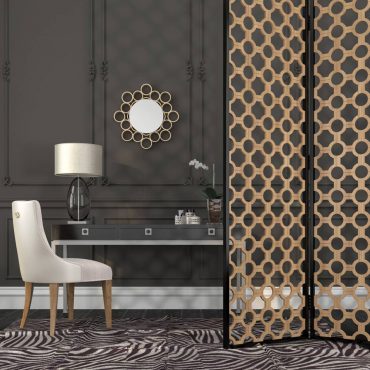 Chair: Chairs are a bit like mattresses — one size does not fit all. Look for one that fits your body type and space. An ergonomic chair will have a seat that adjusts up and down from approximately 14-20 inches, with additional adjustments for the angle of both the seat and back and swivels.
Chair: Chairs are a bit like mattresses — one size does not fit all. Look for one that fits your body type and space. An ergonomic chair will have a seat that adjusts up and down from approximately 14-20 inches, with additional adjustments for the angle of both the seat and back and swivels.
A chair with arms is good for anyone who expects to spend extended periods of time at their desk. For high-quality, ergonomic chairs look to The Human Solution — see this web page.
Storage: Depending on available space and storage needs, built-in cabinets and drawers, shelving, bookcases and a storage closet are all elements worthy of consideration for the storage of reference materials, books and supplies.
Equipment: Desktop computers with CPUs and keyboards, laptop computers, printers, modems and phone bases are standard equipment for most home offices. It is important to plan for these electrical needs and to control the potential for “spaghetti” wires by investing in additional outlets and using built-in grommets and wire-management products such as those from Mocket.
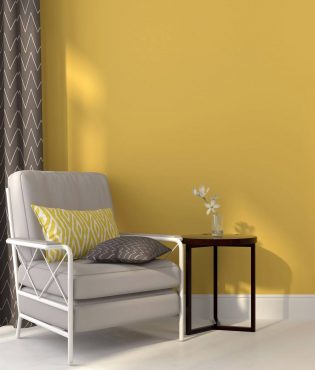 Remember to use a surge protector on your computer equipment to minimize the chance of the equipment being damaged during a power outage.
Remember to use a surge protector on your computer equipment to minimize the chance of the equipment being damaged during a power outage.
Lighting: Never underestimate the benefits of natural lighting on productivity. Always try to locate a home office in an area with a window. Task lighting, such as an adjustable desk lamp and ceiling-mounted ambient lighting, is important for a productive home office.
If bookcases are part of the home office plan, directional lighting such as recessed gimbals or mono-point wall lights — is a good choice.
Additional Furniture: Many home offices do double duty as guest rooms by including a murphy bed, day bed with trundle, foldout couch and coffee tables or end tables. The day bed and couch provide a nice respite for a catnap or a place to do serious reading.
As with a desk, make sure there is a good light source near the additional seating. If additional furniture is part of your plan, consider a wireless hub so that you can sit on the couch with your laptop.
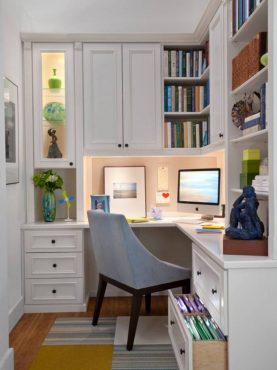 Office Accessories: Business card holders, in-trays, pencil/paper clip holders, wastebaskets, recycling bins and clocks are all items worthy of incorporation in a home office. Which items you choose will depend on how much desk surface space you have and what your preferences are.
Office Accessories: Business card holders, in-trays, pencil/paper clip holders, wastebaskets, recycling bins and clocks are all items worthy of incorporation in a home office. Which items you choose will depend on how much desk surface space you have and what your preferences are.
Message Board: Be it a cork board, a white board or a chalkboard, a message board is a great place to get creative and personalize your communication center/home office space.
Personalize your home office with artwork, family photos and mementos — they provide a nice reminder of why you are toiling away.
Designing the Layout
Now that we have an overview of the requisite elements for the home office, let’s consider the layout of the office and how best to incorporate the elements described above, bearing in mind that form should follow function.
- If you plan on seeing clients in your home office, it is important to consider a means of egress separate from the main entry door of your home. This not only provides a professional appearance but also a level of privacy and confidentiality for clients.
- When deciding on the position of your desk, consider the location of existing windows and built-in lighting so as to minimize glare on your computer screen while simultaneously providing the best light for illuminating the surface of your desk.
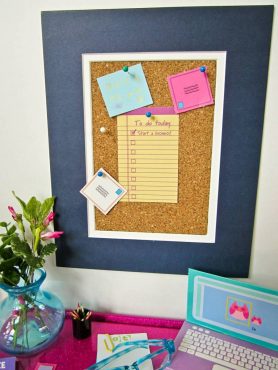 Try and locate the desk so that there is a power source close by. This allows for equipment such as printers to be a “swivel” away from your desk and electrical wires will not become a tripping hazard.
Try and locate the desk so that there is a power source close by. This allows for equipment such as printers to be a “swivel” away from your desk and electrical wires will not become a tripping hazard.- Avoid stuffing your office with every conceivable item from the list above. Lay out the floor area with blue painters tape to ensure you have enough space to maneuver around the room without bruising hips or thighs and there is not an excess of visual stimulus to distract you.
- While walls painted white provide a neutral background for furnishings and art, certain wall colors can potentially enhance your productivity. Greens evoke vitality and balance, yellows evoke optimism (stick to the less bright shades of yellow), reds generate excitement (and as such should be used judiciously for accent walls) while purple is known for stimulating imagination. Consider combining a neural color like off-white, beige or gray with an accent color like red, yellow or purple for a combined effect of calm vitality.
- House plants are a nice addition to any room but before purchasing them for your home office, be honest with yourself — will you care for them and is there a convenient location close to a natural light source? If you say no or maybe to either of these questions, skip the plants.
Whether you use garage-sale finds and storage-store offerings or hire a custom cabinet maker, remember that the most important thing to do is make the space a reflection of you and how you work. Now pour yourself a cup of coffee, put on your fuzzy sleepers and get to work!






























